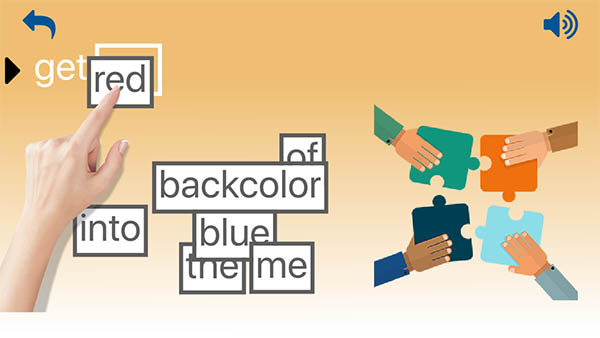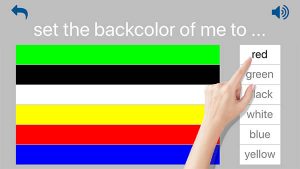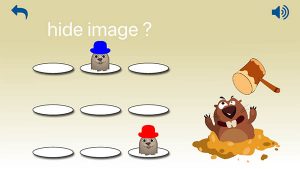Arguably, coding is the new literacy. How early should children start to learn coding? Can they learn it while they learn language itself? KidCode is a new app initiative which aims to teach just that. It uses LiveCode to simultaneously teach coding and English, and will shortly be launched in kindergartens in China. It is targeted at children from as young as 2 or 3 years old. The app is a collaboration between HHOTT and So-Easy International.
Children can start learning English words and LiveCode coding using the app from the age of two or three years. Young children who can’t read can still learn by following the verbal guidance and animated demonstration. Because the cognitive capability of young children has yet to be developed, there is no overt teaching of logical thinking.
Learning LiveCode is very similar to learning English. Learning English begins with letters, words, and phrases to gain the ability to complete sentences, paragraphs and articles. The focus is to understand the meaning and use of text and to be able to write articles to express one’s thoughts and ideas. Similarly, learning LiveCode also starts with words and phrases to gain ability to complete code segments (i.e., sentences and paragraphs) and applications (i.e., articles). The focus of the learning is to understand the meaning and use of the “code” and to be able to create applications to express one’s own ideas and creativity. Through children’s ability to learn “sight words”, they can also learn LivecCode’s English-like programming language subconsciously.
KidCode runs on Android and iOS tablets. The first release teaches 6 English letters, 6 basic numbers, 6 basic colors, 6 basic shapes, 6 popular animals, and 6 body parts. They are combined with 6 basic LiveCode commands GET, SET, PUT, SHOW, HIDE, and MOVE to teach both English and coding at the same time. Games are integrated so the children are self-motivated to learn via playing. Practicing new exercises or reviewing old exercises can all be done in the classroom and shared with classmates making learning interesting and fun. Learning records are also stored in the cloud so they can be shared with schools, teachers, parents, and friends. There are three courses designed for children in three age groups of the kindergarten. After completing each course, students will get an international certificate authorized by LiveCode which can be checked at the HHOTT.com website.
The platform is also a big data center. Data can be collected from thousands of practicing and learning units in each app. The app records the number of times students have studied, the total learning time they have spent, and the number of mistakes they have made. Deep Learning Artificial Intelligence is used to build models to discover the relationship and predictive power of these data for English, programming, and other subject learning. These big data can also be compared and analyzed with data from students in the class, in the school, and from other countries, provinces, counties, cities, districts, and around the globe, so that schools, teachers, parents, and students can gain insight into students’ learning ability and learning effectiveness.
Andy Parng of HHOTT says “LiveCode makes it possible to create KidCode. No other programming languages in the world can do this! Kids who learn LiveCode in the very early ages will surely become lifelong LiveCoders.”
HHOTT uses the latest Blockchain technology to secure the data and ensure it lasts. HHOTT has applied for global patents for this innovative way of learning English and coding at the same time.






1 comment
Join the conversationTinto Brass - October 28, 2018
sorry my englishe is very carzy. rest easy, do not stress.
so do you mean to say that leant to code this way will much rejoin in any argument? would the child’s learn englishe and live code to ‘red carpet’ a program that do absolute anything at all?